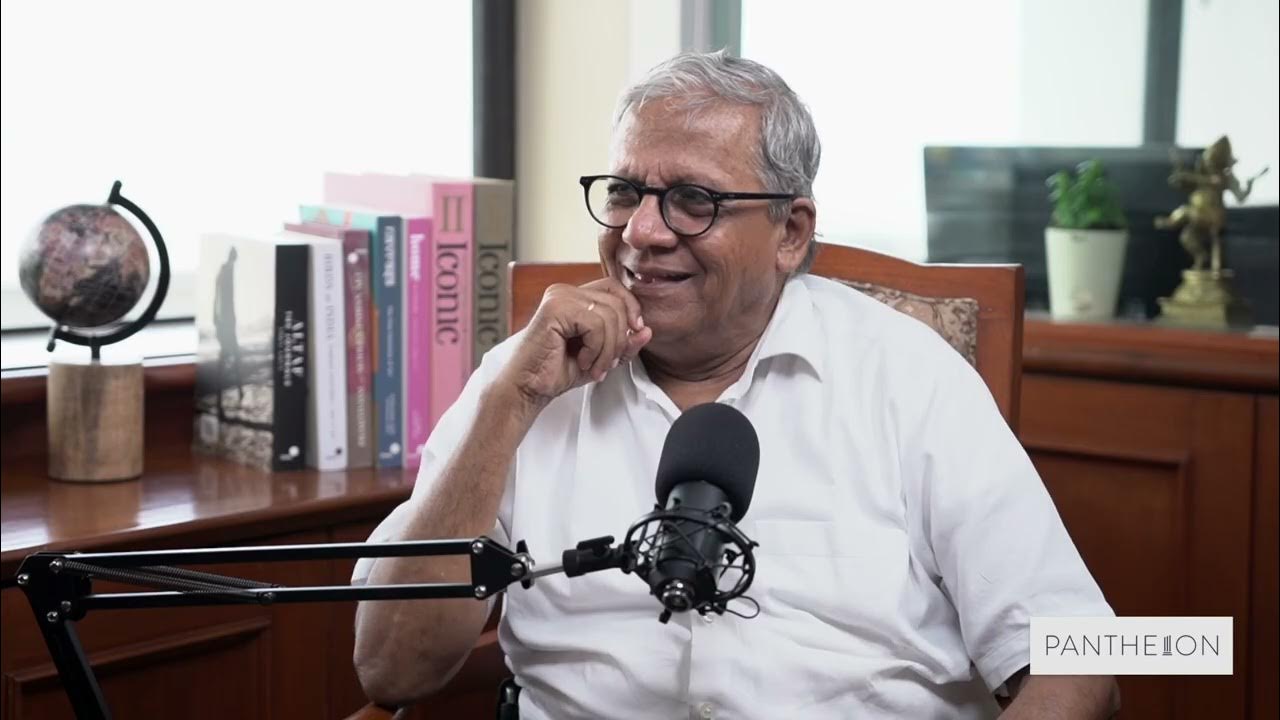Mumbai art deco part two: Colaba and beyond.
Summary
TLDRThe video explores the rich architectural heritage of South Bombay, focusing on the blend of Indo-Saracenic, Gothic, and Art Deco styles, particularly around areas like Kala Ghoda, Colaba, and Apollo Bunder. It highlights iconic structures such as the Taj Mahal Palace, the Royal Alfred Sailor's Home, and the BBNCI building. The narrative delves into the history of these architectural marvels, discussing their origins, the challenges in building them, and the evolution of Bombay’s skyline. The journey through time also includes tales of old city gates and the fascinating architectural transitions from the late 1800s to early 1900s.
Takeaways
- 😀 The Art Deco style is found in South Bombay, especially around the Kaba, Apollo B, and the Gateway of India area.
- 😀 Kaba features a mix of architectural styles, including Indo-Saracenic, Gothic, and Art Deco, with Art Deco being a later addition after 1936.
- 😀 The development of Art Deco in Kaba was influenced by the reclamation of land and the need for pile construction in the area, which was previously neglected.
- 😀 The Taj Mahal Hotel in Kaba is an iconic example of Indo-Saracenic architecture, along with other notable buildings like the Royal Alfred Sailors' Club and the Yach Club.
- 😀 The route people historically used to enter South Bombay started at Apollo Gate and led towards important landmarks such as the Royal Alfred Sailor Club and St. Peters.
- 😀 Kalagura (also known as Kaka) is considered the starting point of Bombay's architectural evolution, with several key buildings built during the late 19th century.
- 😀 Henry Bartle's vision for transforming Bombay into a world-class city began in the 1870s and led to the construction of prominent buildings like the Watson Hotel and the David Sion Library.
- 😀 The eclectic architecture in Kalagura includes Venetian Gothic, Neo-Gothic, Neo-Classical, and Edwardian styles, showcasing the diversity of architectural influences.
- 😀 Indo-Saracenic architecture is characterized by domes rather than the turrets seen in Gothic-style buildings, as demonstrated by the BBN C building.
- 😀 The Oval Maidan area features a mix of Art Deco, Neo-Gothic, and Indo-Saracenic buildings, with the BBN C building standing out for its beautiful domes and illumination during special occasions.
Q & A
What architectural styles are prominent in South Bombay, according to the script?
-South Bombay features a blend of architectural styles, including Art Deco, Indo-Saracenic, Gothic, Neo-Gothic, and Victorian Gothic. These styles reflect the city's rich historical and cultural evolution.
Why was the area around Kaba slow to develop Art Deco buildings?
-The area around Kaba was initially considered unsuitable for construction due to its status as a reclaimed land and a building dumping yard. The costs of piling and constructing in the area were high, which led to delays in its development until the 1930s.
What triggered the construction of Art Deco buildings in Kaba?
-The rising popularity of Art Deco in Bombay during the 1930s prompted builders to reconsider the area. They realized that Art Deco was selling well in the city, leading them to invest in piling construction to build such buildings in Kaba.
Which iconic buildings in South Bombay are examples of Indo-Saracenic architecture?
-The Taj Mahal Palace Hotel and the Royal Alfred Sailor's Home are prime examples of Indo-Saracenic architecture in South Bombay. These buildings combine Hindu, Mughal, and Western architectural elements.
How did the city gates play a role in the history of Bombay’s architecture?
-The city gates, like Apollo Gate and Church Gate, were not just entry points but also symbols of Bombay's growth. They marked pathways to important areas and were integrated into the city’s development, influencing architectural planning and urban expansion.
What is the significance of Kala Ghoda in Bombay’s architectural history?
-Kala Ghoda is considered the birthplace of Bombay's architectural revolution. It was the site where British governor Henry Bartle Frere initiated the construction of monumental buildings, laying the foundation for the city’s modern architectural identity.
How does Kala Ghoda’s architecture stand out?
-Kala Ghoda’s architecture is eclectic, blending various styles, including Venetian Gothic, Neo-Gothic, Neo-Classical, and Art Deco. Key buildings like the University Building, Watson Hotel, and David Sassoon Library showcase this mix.
What is the key difference between Gothic and Indo-Saracenic architecture?
-The key difference lies in the roof structures: Gothic buildings, like Victoria Terminus (VT) Station, typically end in turrets, while Indo-Saracenic buildings, such as the BBNCI building, feature domes instead of turrets.
What role did Henry Bartle Frere play in shaping Bombay’s architectural landscape?
-Henry Bartle Frere, the British governor, played a pivotal role by envisioning Bombay as a world-class city. He listed 14 buildings to be constructed in the city, many of which were built in Kala Ghoda, including the University Building and Watson Hotel, thus defining Bombay’s architectural identity.
Why is the BBNCI building significant in South Bombay’s architecture?
-The BBNCI building is a stunning example of Indo-Saracenic architecture, featuring domes instead of turrets. It stands out at Oval Maidan as one of the most beautiful buildings of this style, contributing to the architectural diversity of the area.
Outlines

This section is available to paid users only. Please upgrade to access this part.
Upgrade NowMindmap

This section is available to paid users only. Please upgrade to access this part.
Upgrade NowKeywords

This section is available to paid users only. Please upgrade to access this part.
Upgrade NowHighlights

This section is available to paid users only. Please upgrade to access this part.
Upgrade NowTranscripts

This section is available to paid users only. Please upgrade to access this part.
Upgrade NowBrowse More Related Video

The Bombay Blueprint: Art Deco of Mumbai

I-Witness: 'Reyna Escolta,' dokumentaryo ni Sandra Aguinaldo (full episode)

Arte Medieval e Renascentista - PARTE 1

Gotik versus Romanik: Die Unterschiede christlicher Architektur erklärt!

Art Deco in 9 Minutes: Why Is It The Most Popular Architectural Style? 🗽

Estilos Arquitetônicos: do Clássico ao Contemporâneo
5.0 / 5 (0 votes)